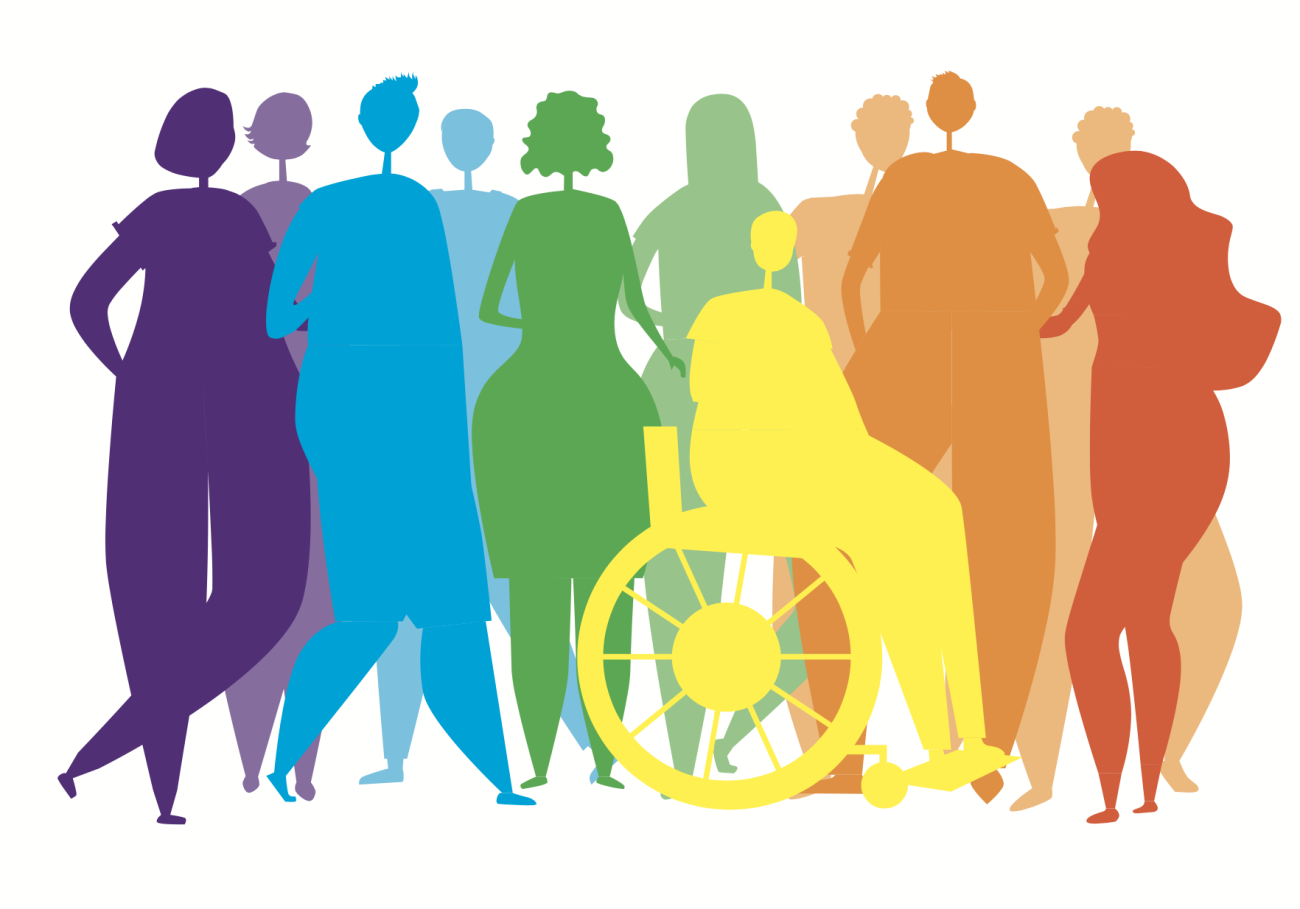Celebrating LGBTQ+ in STEM

Over the past years, CERN constantly strives to implement inclusive policies for all, including for personnel who identify as LGBTQ+ and who dream to pursue a career in science, engineering and technology. Moreover, given its prestigious role as a world-leading research institute, CERN has a responsibility to lead and to foster systematic institutional and cultural change through practicing a culture of diversity and inclusion at work.
Towards that goal, last September, CERN’s EP department appointed Adriana Telesca to take on a new role at CERN, “departmental Diversity & Inclusion Officer (“DIO”). The DiO mandate includes the implementation of the “25 by 25 Fitness Plan across the EP department (see also a previous EP news article). Furthermore, in cooperation with the DPO, Adriana will regularly present personnel data based on nationality and gender, showing the progress of Diversity & Inclusivity efforts in the department. She will contribute regularly to the DIO Network where DIOs of all departments will meet on a monthly basis. The DIO Network led by the D&I Inclusion Programme will help to shape policies and to improve processes CERN-wide . Telesca senses the gravity of her new role and she notes, “I am thrilled to represent the Department in matters of Diversity and Inclusion and to contribute to the construction of CERN's general D&I plan, where I will strive to bring a little bit of EP's environment and culture”.
As high-energy physics is a culturally diverse field, notably on the variety of nationalities working in the big LHC experiments, it is perhaps no surprise that the 4 largest LHC collaborations have dedicated Diversity offices. Their aim is to foster not only diversity but also nurture inclusion, translating to an environment in which all members of the collaboration feel welcome, and are able to contribute optimally. The ALICE, ATLAS, CMS and LHCb diversity offices are open to actively listen to Collaboration members’ concerns, provide useful resources and contribute in shaping new policies that will benefit the collaboration. It has been 10 years since CERN established the Diversity and Inclusion (D&I) Programme, a natural evolution after many years of grassroots efforts toward equal opportunities. Through its D&I programme. CERN reaffirms its commitment to improving the diversity of its personnel and the inclusive culture and to support all efforts to confront discrimination in scientific research activities, internal and external to the Organization. CERN’s Diversity & Inclusion Programme, under the leadership of Louise Carvalho since 2018 and currently supported by Melania Coletta, has implemented a number of D&I-related actions and policy recommendations, building on the work of her successors. This year, the D&I PRogramme collaborated with the User’s Office to study the challenges faced by personnel who identify as non-binary and/or trans During a survey of 4 personnel who volunteered to share their experiences, two key learnings emerged: the lack of awareness including which vocabulary to use and the absence of certain essential facilities, such as non-gendered WCs.
The terms “Trans” and “non-binary” globally refer to those whose gender identity does not conform to their sex assigned at birth; “non-binary” refers to someone whose gender identity is neither “male” nor “female”; “gender nonconforming” is someone who does not conform to society’s image of “male” or “female”. If you don’t know how to address them? Ask them. Note which pronoun(s) they prefer or, if possible in your language, simply use gender neutral terms. Do you observe a non-inclusive behaviour toward them? Call it out or follow-up using your Active Bystander skills as everyone thrives in a diverse and inclusive work environment. “Where possible, implement gender inclusive personnel-related processes beyond the binary (male/female) gender identification, as well as gender-inclusive restroom facilities”. This recommendation under the “Diversity & Inclusion” (D&I) section of the “Report from the Working Group on Strengthening the Support for Users at CERN” led by Manfred Krammer and published on 1 September 2022, provides further support for more inclusive infrastructures on site, currently in progress.
With the efforts and commitment to LGBTQI inclusion from the D&I Programme and the User’s Office , and with the key support of management, notably the Departments Heads of SCE and HR, a number of actions are foreseen to be implemented in 2023:
- make available a number of non-gendered WC facilities across the Meyrin and Prevessin sites;
- authorise issuance of a CERN ID badge with the chosen name of personnel in gender transition;
- undertake a technical analysis for a more gender-inclusive personnel database; continue working closely with CERN’s Learning and Development on D&I learnings, to ensure inclusion of LGBTQ+ content.
International co-operation in particle physics dates from its early days and part of CERN’s success as a citadel of modern physics is the fostering of geographically and culturally rich collaborations. CERN has nurtured a talented and cohesive workforce that successfully managed the challenging construction of frontier accelerators and detectors allowing exploration of nature at its most fundamental scale. As inheritance of this legacy, we have a responsibility to critically assess how we benefit from and contribute to inequity. Beyond assessment, we need to act: By listening to, learning from, and lifting up the communities in our midst that suffer disproportionately from structural inequality, and systemic racism, we can help everyone feel welcomed by science. EP newsletter will inaugurate a new series of articles as of 2023, championing diversity in science for staff members and our global collaborators.
